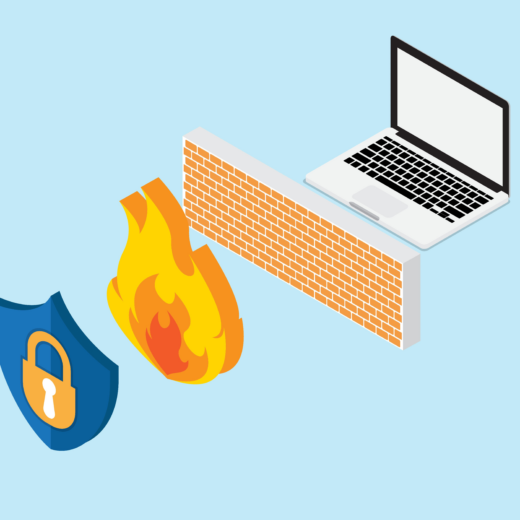The vast and intricate web of the internet is held together by a meticulous process known as “web crawling.” This silent, behind-the-scenes operation ensures that search engines can provide users with relevant and timely information.
But what exactly happens during a web crawl? How do search engines like Google, Bing, and others navigate and index the endless expanse of online content? Let’s delve into the fascinating mechanics of how a website is crawled.
The Basics of Web Crawling
At its core, web crawling involves bots, often called “spiders” or “crawlers,” systematically browsing the web to index content. These automated programs start with a list of URLs, known as the seed list, and from there, they follow links on each page to discover new pages.
Initiation: Starting with the Seed List
Crawlers begin their journey with a seed list of URLs. These URLs can come from various sources:
- URLs submitted by webmasters through tools like Google Search Console.
- Links found in sitemaps, which are XML files listing URLs that a website owner wants to be indexed.
- Previously discovered URLs that are scheduled for periodic revisits.
Fetching the Pages
Once the seed URLs are in place, the crawler requests the pages from web servers just like a regular browser. However, unlike a user browsing casually, crawlers access these pages to analyse the content, structure, and embedded links.
Parsing the Content
Upon fetching a page, the crawler parses its HTML code. During this parsing process, the crawler:
- Extracts links to discover new URLs.
- Analyses content to understand the context and relevance.
- Identifies multimedia elements (like images and videos), though not all elements are always indexed.
This parsing helps build a comprehensive map of the site’s structure and content.
Following Links: Discovery of New Pages
As the crawler parses each page, it identifies and follows internal and external links. This recursive process enables the crawler to explore the interconnected web, discovering new pages to index.
Priority is often given to high quality, authoritative sites, ensuring that reputable content is indexed first.
Respecting Robots.txt
Web crawlers are programmed to respect the instructions found in a site’s robots.txt file. This file specifies which pages or sections of the site should not be crawled or indexed.
For instance, a webmaster might want to prevent crawlers from accessing internal search results pages or certain private directories.
Indexing the Content
After the crawler fetches and parses the page, relevant content is indexed. Indexing involves storing and organising the data so it can be quickly retrieved during a search query.
The indexed data includes:
- Page content and keywords.
- Metadata, such as title tags and meta descriptions.
- Information about the page’s freshness and relevance.
Handling Dynamic Content
Modern websites often feature dynamic content generated by JavaScript. Advanced crawlers, like those used by Google, can render JavaScript and index dynamic content.
However, this process is more resource-intensive, so it might not happen immediately.
Periodicity and Freshness
Web content is continually evolving. To maintain an up-to-date index, crawlers revisit sites at intervals. The frequency of these revisits can depend on the site’s update rate, popularity, and the crawler’s prioritisation algorithms. Highly dynamic sites might be crawled several times a day, while static sites may be revisited less frequently.
Handling Crawling Limits
Crawlers must balance thoroughness with efficiency to avoid overloading web servers. They adhere to crawl rate limits, which define the number of requests per second to a site.
Webmasters can influence this rate using robots.txt settings or search console tools, ensuring their servers aren’t overwhelmed.
Web crawling is a sophisticated and essential process that forms the backbone of search engines. By systematically browsing the web, respecting protocols like robots.txt, and intelligently indexing content, crawlers ensure that users can access a wealth of information with just a few keystrokes.
Understanding this process highlights the intricate dance between technology and information, ensuring the web remains a rich and accessible resource for all.
By comprehending the mechanics of web crawling, webmasters and digital marketers can optimise their sites to be more crawler-friendly, ensuring better visibility and higher rankings in search engine results.
Whether you’re a seasoned developer or a curious internet user, appreciating the complexity of web crawling can enhance your understanding of the digital world.








